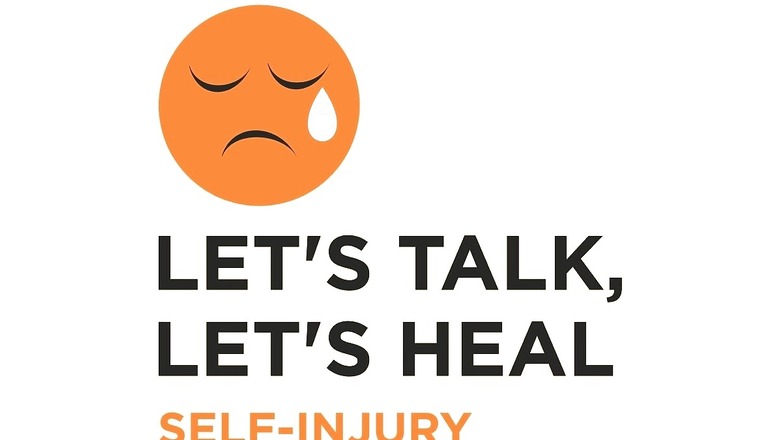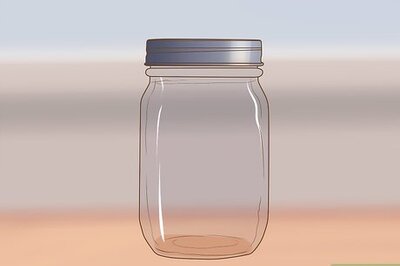
views
Self-Injury Awareness Day (SIAD), observed annually on March 1, is an international awareness day about raising awareness, understanding, and support for individuals who “harm themselves”. This day is dedicated to shedding light on the experiences of those who engage in self-injury behaviours, such as “cutting, burning, scratching, biting, punching, or hitting walls” to cope with emotional pain. By spreading awareness and promoting empathy along with facilitating access to appropriate support, SIAD aims to empower individuals to seek help and embark on a journey towards healing and well-being.
Self-Injury Awareness Day 2024: History
Self-injury awareness traces its roots back to the late 1800s when French psychiatrist Philippe Pinel first observed cases of psychiatric patients exhibiting self-injurious tendencies. During the early 20th century, self-injury was recognised as a symptom of mental illness and became a focus of treatment. However, it wasn’t until the 1970s and 1980s that self-injury began to be identified as a distinct behaviour separate from other mental health symptoms.
The momentum for self-injury awareness surged in the 1990s, particularly among healthcare professionals and researchers. In 1995, the inaugural International Conference on Self-Mutilation took place, marking a significant milestone in raising awareness and understanding of self-injury. Subsequently, the International Society for the Study of Self-Injury was established in 1997 to further advance research and advocacy efforts in this field.
Today, numerous organizations and advocacy groups are dedicated to addressing the stigma and silence surrounding self-harm. The movement has evolved into a global campaign, encouraging open conversations and providing resources for individuals who self-harm and their support networks.
Self-Injury Awareness Day 2024: Significance
- Raising AwarenessSIAD plays a crucial role in raising public awareness about self-harm, a widespread issue affecting people of all ages, genders, and backgrounds. It helps create a more inclusive and understanding environment where individuals can feel comfortable seeking help.
- Encouraging Help-SeekingSIAD aims to encourage individuals to seek support from professionals. It highlights the availability of resources and emphasises that they are not alone and that support is available.
- Combating StigmaApart from raising awareness and making it easier for people to seek help, the purpose of Self-Injury Awareness Day is also to dispel the many misconceptions and prejudices that accompany it. The stigma associated with self-harm often hinders individuals from seeking help due to fear of judgement or shame. SIAD helps combat this stigma by promoting understanding and empathy, encouraging people to view self-harm as a symptom of an underlying emotional struggle rather than a character flaw.
How to Help People Who Self-Harm
If you know someone who is going through it, it is important to reach out to a professional. You can also make sure you are helping the person feel supported by keeping the following things in mind:
- Educate YourselfIncrease your understanding of self-harm and recognise the risk patterns and their underlying causes including social isolation, anxiety, depression, trauma, and emotional distress.
- Listen with EmpathyActively listen to the person without judgement, allowing them to express their feelings and experiences openly and honestly. Validate their emotions and show concern.
- Avoid Minimising or JudgingDon’t dismiss or minimise their experience by saying things like ‘it’s not a big deal’ or comparing their situation to others. Take a non-judgmental approach when hearing them out, and focus on offering support and understanding.
- Encourage Professional HelpGently let the person know about the available professional help. Offer to help them find resources or accompany them to appointments, if possible.
- Encourage and Offer AcceptanceReassure them that you care and try to uplift them by letting them know of their strengths. Make sure that the person knows you are there for them.
- Maintain ConfidentialityRespect the person’s privacy unless there is an immediate risk of harm to themselves or others. In such cases, seek professional guidance immediately.
Remember, small gestures of support can make a tremendous difference in someone’s life.



















Comments
0 comment